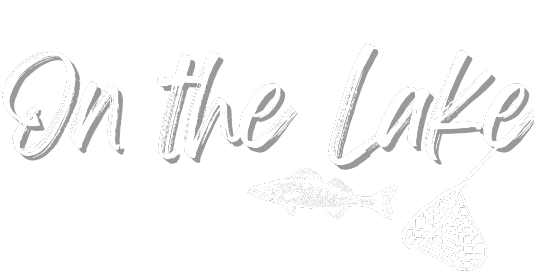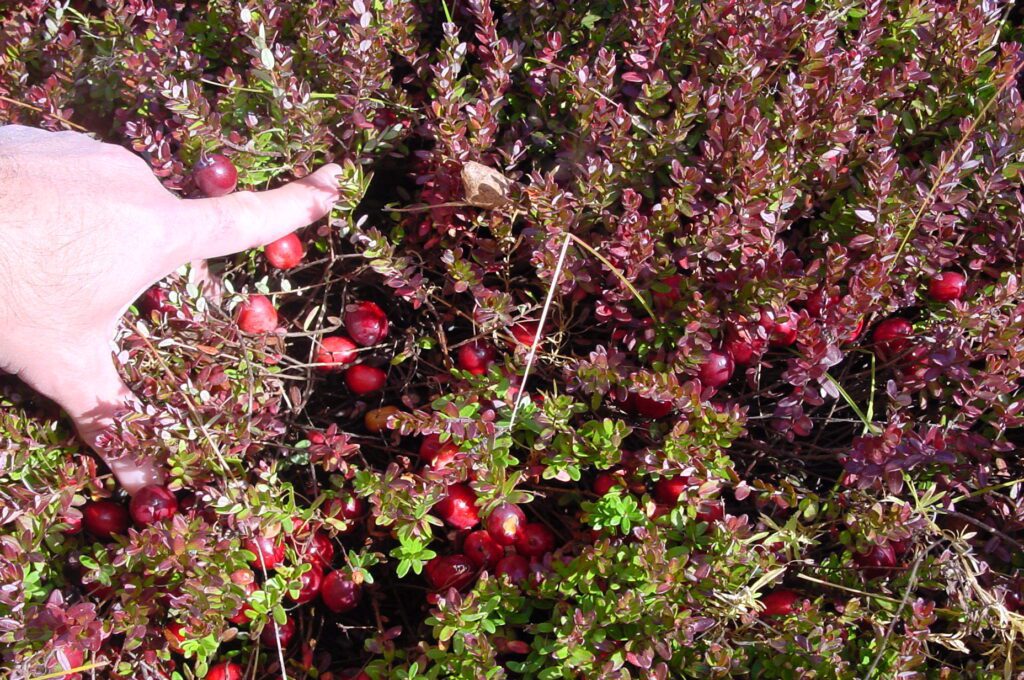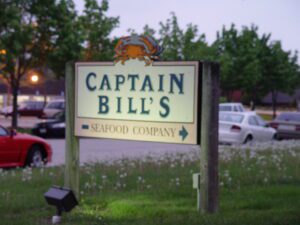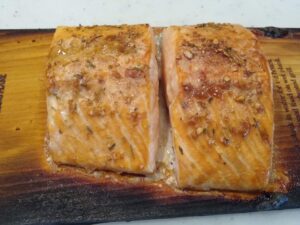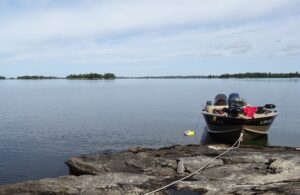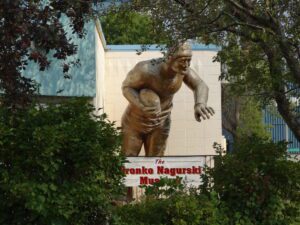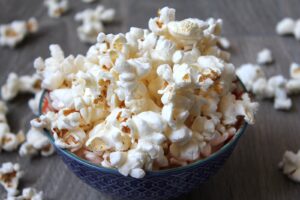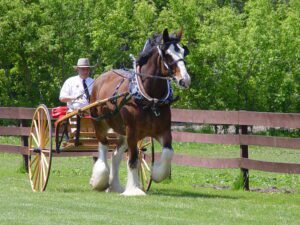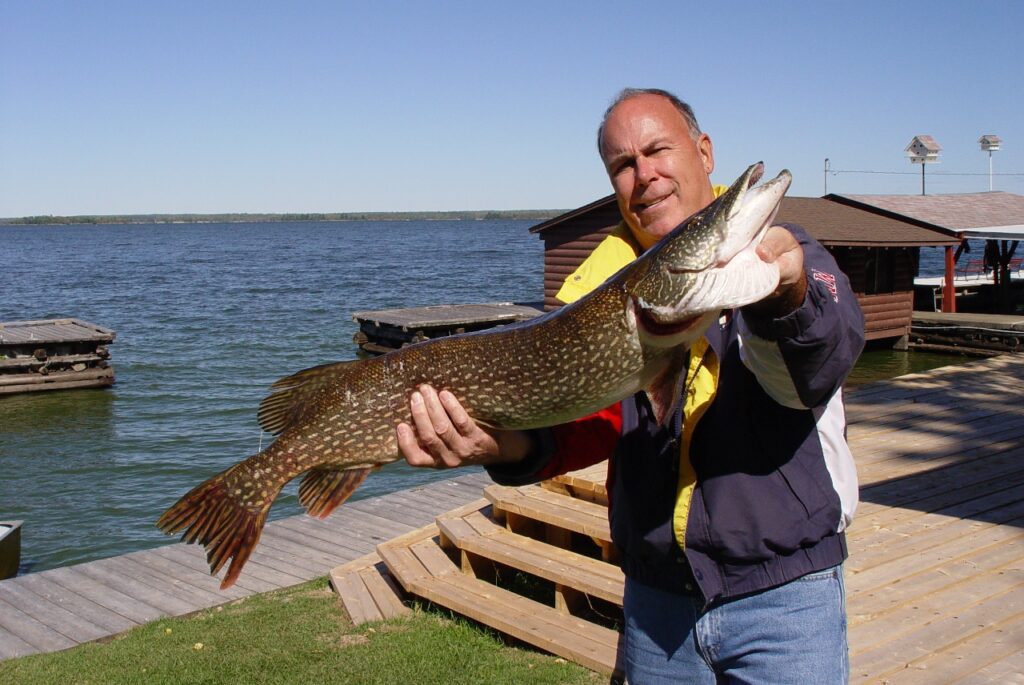Maestro – a little geology music, please. Perhaps… something from Jurassic Park?
OK, here we go… Once upon a time, long, long ago – about 13,000 years – in a land not so far away, the last of the Wisconsin glaciers were retreating to the north. What they leave behind is sandy and acidic soil punctuated with ice blocks, rivers, and moraines. It is a very hostile environment for plants and animals alike.
(This page may contain affiliate links, which means I may earn a small commission if you click through and make a purchase. You can read our Affiliate Disclosure here.)
Fast Forward to Present Day
But as time quickly proceeds to present day – well, at least to the late 1800’s – the climate has warmed substantially, and the area of Wood County (near Wisconsin Rapids) has become one giant bog filled with delicate but hardy vines holding millions of tiny red berries. These are the lowly and humble cranberries, one of only three fruits that are indigenous to North America. By the 1870’s, they have been ‘discovered.’
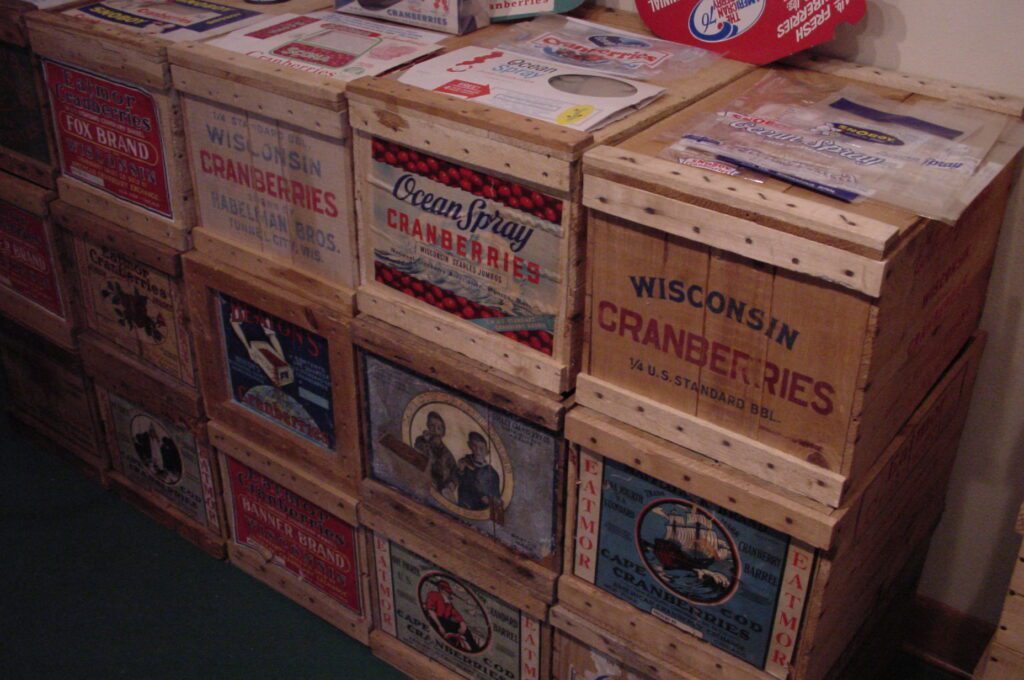
Local native Wisconsinites who originally purchased the land, handpicked these tasty treats that made great fresh fruit and preserves, as well as excellent sauces. And although at one time, the state of Massachusetts claimed the position as #1 grower and producer of the crop, Wisconsin has now taken over that spot as the nation’s leader in cranberry farming. They produce over 300 million pounds of berries annually from about 200 cranberry marshes in 18 Wisconsin counties.
Does that translate to prosperity for a state that is known as the Dairy Capital? I would say so. The industry provides employment for over 7,000 people and supposedly contributes over $300 million annually to the state’s economy!
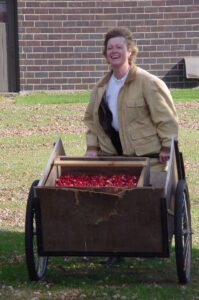 There is much to learn about the berry that, until 1930, when Ocean Spray introduced us to its Cranberry Juice Cocktail, was little more than an extra sauce served at Thanksgiving. My intention was to learn as much as possible about “the little red berry that could” (Vaccinnium macroparpon). The result was another trek to Wisconsin Rapids and the area roads that are now known as The Cranberry Highway.
There is much to learn about the berry that, until 1930, when Ocean Spray introduced us to its Cranberry Juice Cocktail, was little more than an extra sauce served at Thanksgiving. My intention was to learn as much as possible about “the little red berry that could” (Vaccinnium macroparpon). The result was another trek to Wisconsin Rapids and the area roads that are now known as The Cranberry Highway.
Cranberries!
Owned by Phil and Mary Brazeau-Brown, the cranberry marshes here have been in the family for three generations – since 1873 – and some of the plants have been producing berries for 75 years. The Brazeau name has been associated with the property since the early 1900’s. Upon meeting either Phil or Mary, it is easy to see that they both love what they do. They take great pride in managing a resource that encompasses about 6,000 acres of wetlands, only 330 of which actually produce berries.
More than half of the rest is dedicated to a water reservoir system and a forestry management plan. A tour of the operation would be a wonderful idea and a great weekend excursion. Just make sure to set up a tour in advance with Glacial Lake Cranberries or contact the Visitors Bureau in Wisconsin Rapids.
Harvest Time
Even though the harvest typically takes place in late September and through October, there is plenty to see at other times of the growing season as well. Phil provided us with an excellent tour and plenty of info about everything from the geologic history of the area to the general history of growing cranberries in the area. He also treated us to a bird’s-eye close-up of the harvesting.
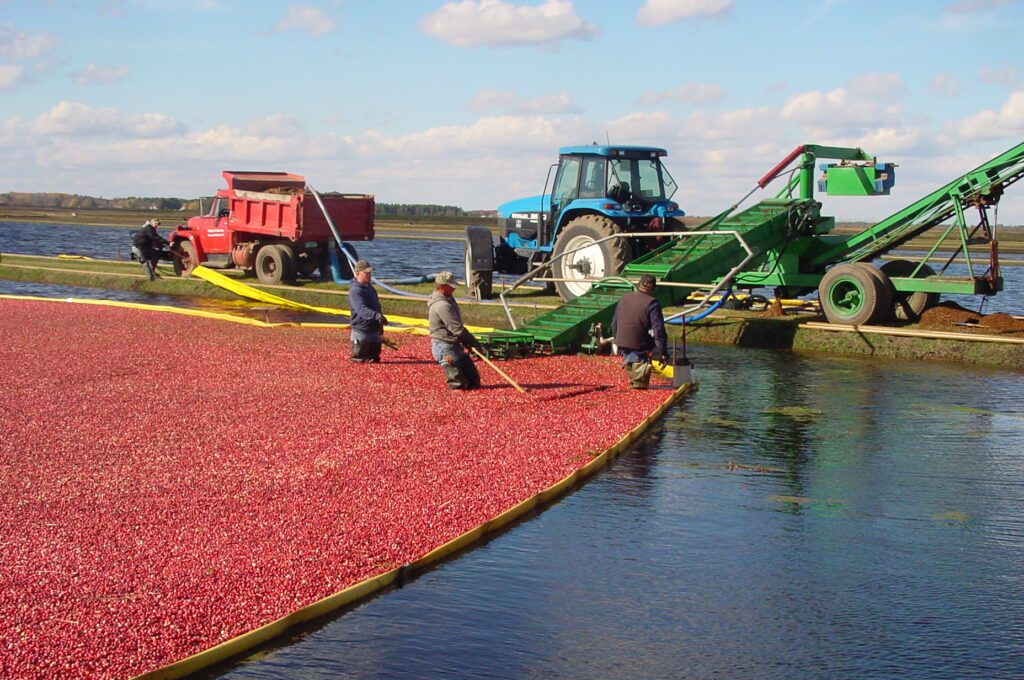
Everything at Glacial, from the “beater” machines that separate the berries from the vines to the giant floating corrals that move the berries to the elevators that carry the fruit to the waiting trucks, is fascinating. From the state that is supposed to be the dairy capital, comes some of the best fruit that nature has to offer.
Glacial Lake also offers a short, pre-tour video to guests as well as gifts, books, and fresh cranberries for purchase after the tour. I haven’t even mentioned the numerous health advantages provided by the cranberry. Eat ‘em for health – eat ‘em for life! We thanked Phil for his time and the valuable information, not to mention the great pictures that we were able to get while watching some of the actual harvest take place. We headed back to Rapids for a well-deserved dinner… I was ravenous!
Dinner at the End of a Short Weekend
Our short weekend was almost at an end. But the conundrum of where to have dinner still loomed. Although we had gotten a heads-up to try the Café Mulino (in the hotel), we decided instead to try the Grand Avenue Grill – also in the hotel. Dinner consisted of thirst-quenching Grey Goose martinis, hearty portions of tasty Ahi Tuna for Heidi and tender, flaky Alaskan Halibut for me. Dinner was excellent! We finished the evening with a marvelous piece of cranberry-apple pie with a huge scoop of vanilla ice cream. We then headed up to the room and fell quickly asleep.
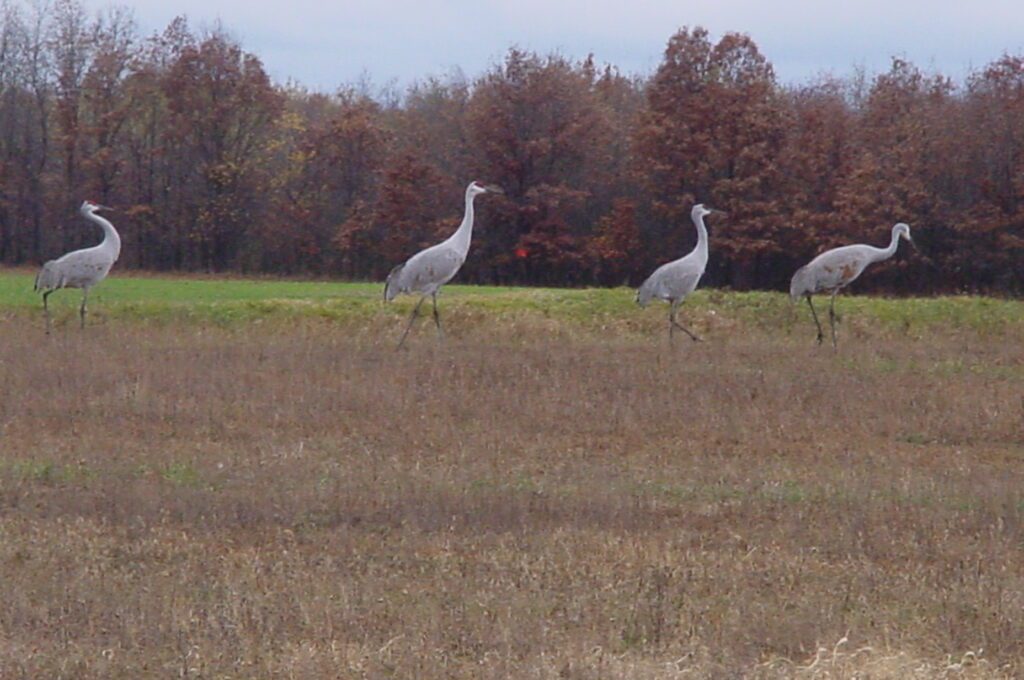
As we headed out of town and south the next morning, we caught a glimpse of some huge birds roaming the fields. A little research confirmed my suspicions: they were the elusive and endangered Sand Hill cranes. It was an unexpected and awesome sight! My mind briefly drifted back to the cranberry harvest. I smiled at the thought of the little red berry sitting there undiscovered and lonely for so many thousands of years. It is now enjoying its rightful and well-earned fame, fortune and place in the spotlight. It is no longer just an accompaniment at the Thanksgiving table.
R. Karl
Acknowledgements
Special thanks this trip are definitely in order for:
- The Hotel Mead
- Herschleb’s (now closed)
- The Dairy
- Glacial Lake Cranberries and the Brazeau-Browns
- The State of Wisconsin for another great excursion and especially to
- The Vaccinnium macroparpon: the little red fruit that could!
